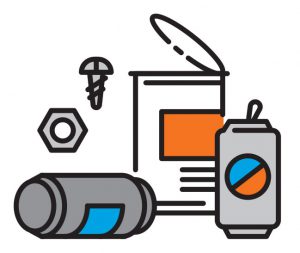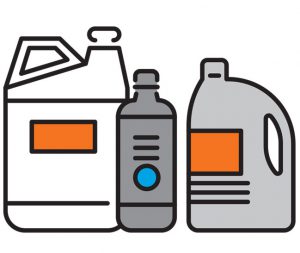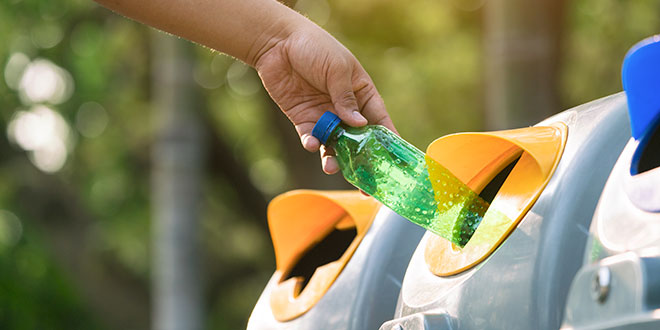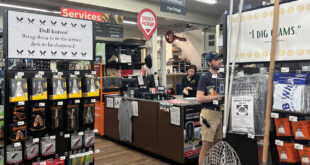Click here to download a PDF of this story.
By Chad Husted, chusted@nrha.org
The benefits of recycling are not new to consumers, but your customers may come to you with questions about the recyclability of the products you sell and how certain products are reused.
Many manufacturers use the percentage of recycled materials in their products as a selling point. Be sure your team members are knowledgeable about the products you sell that are made with recycled materials. Here are a few uses for recycled materials you may be less familiar with.
To learn more about how you can assist your customers with recycling, see the Recycling 101 Trainer’s Toolbox at nrha.org/trainers-toolbox.
 Aluminum
Aluminum
Aluminum is one of the most versatile materials for repurposing, given that the material can be manufactured, recycled and used again through multiple cycles. An aluminum can, after being shredded and rolled out into new aluminum sheets, can be made into another can almost indefinitely. But it’s also used in beauty products like brushes and jewelry.
 Paper
Paper
Recycled paper comes in grades, which determines how many times it has gone through the repurposing cycle and what it can be used for. This grade is determined by the length of the paper fibers, which gets shorter each time the material is processed. High-quality printing paper might have been recycled once, while newsprint has been recycled multiple times.
 Electronics
Electronics
Electronics can be recycled in a variety of ways. Some units might be out of date and just need a bit of love before they can be donated or sold at a discount. For computers that are broken down for their parts, the process includes separating materials that are harmful to the environment (e.g., batteries) from plastics, precious metals and steel.
 Plastic
Plastic
Plastic is becoming one of the most problematic recyclable materials, with traces of plastic becoming more present in unrelated products with more regularity. However, No. 1 plastics (like soda bottles) go into the insulation for winter fleece jackets as well as sleeping bags in your outdoor department.
 Hardware Retailing The Industry's Source for Insights and Information
Hardware Retailing The Industry's Source for Insights and Information








